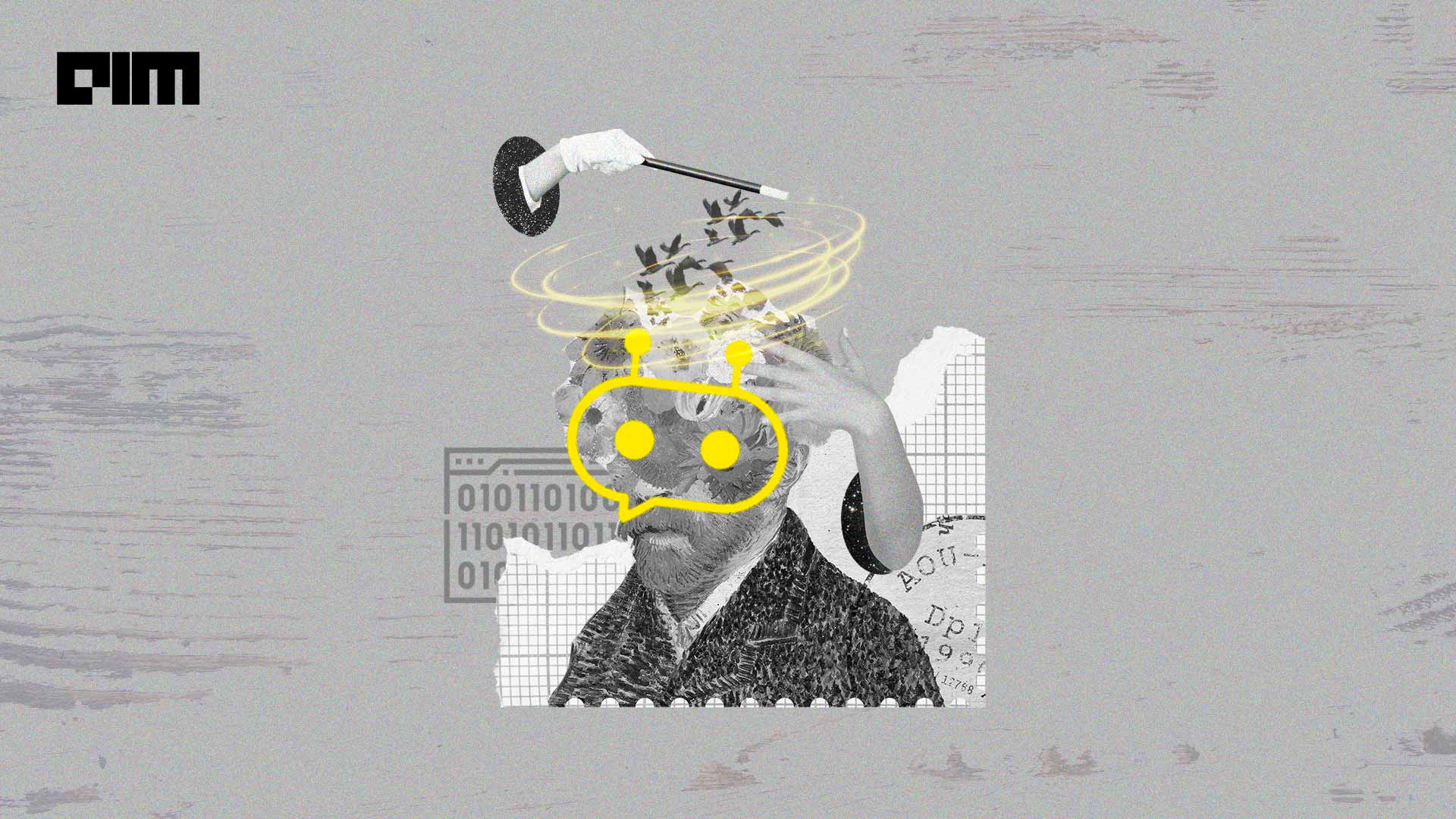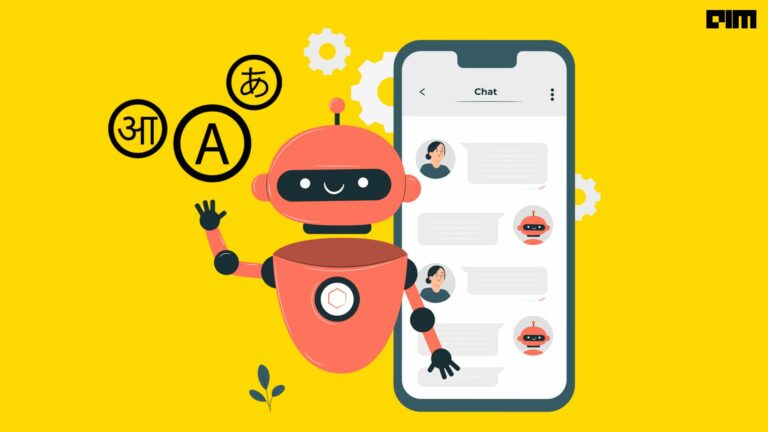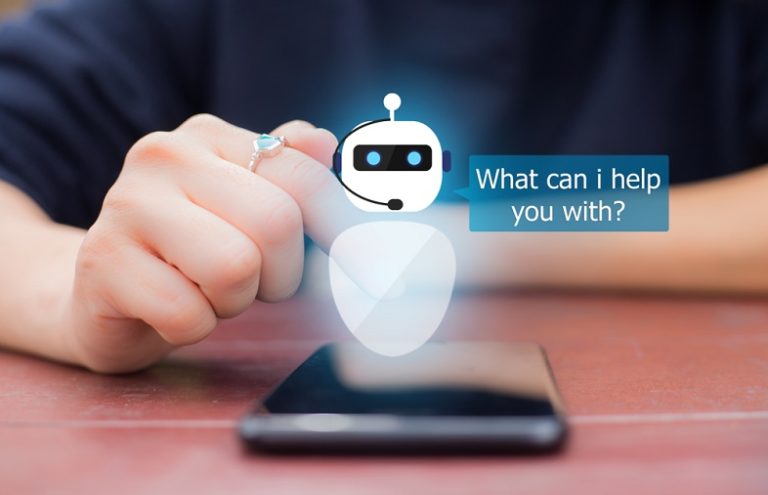|
Listen to this story
|
The Indian chatbot industry has witnessed unprecedented growth over the past few years. What started as a small part of the customer communication market has now become a vertical of its own with Indian startups like Haptik, Gupshup, [24]7 AI seeing acquisitions and funding rounds from big investors like Reliance and Sequoia Capital. However, advancements in the conversational agent space are seeking to disrupt the growth of these homegrown companies.
Keeping in line with the Christmas spirit, OpenAI had a special surprise for companies developing conversational agents. With the release of ChatGPT earlier this month, OpenAI upended the chatbot ecosystem and left everyone from Meta to Google scrambling for a response. By using the GPT 3.5 large language model, ChatGPT is able to provide human-like responses to queries structured in natural language.
This is the Holy Grail of what chatbot companies have been trying to achieve ever since their genesis. Even as they’ve been beaten to a pulp by OpenAI, it is possible that the emergence of ChatGPT might catalyse further innovation in their conversational agent space.
ChatGPT: The death knell for chatbots
The secret sauce of ChatGPT lies in the model used to train it. This novel conversational agent is trained on the GPT 3.5 language model, which builds upon the GPT-3 model. These models use over 175 billion language parameters to ‘teach’ the model how to understand natural human language prompts. This is what sets ChatGPT apart from the run-of-the-mill chatbots found in the current B2B and B2C space.
ChatGPT has some very important features that will set it apart if it is ever implemented in the conversational agent space. First among them is the ability to recall what the user said earlier in the conversation. This feature will allow companies to create deeper bonds with customers, as customers will be less likely to find out that they are speaking to a chatbot.
Current chatbot solutions barely collect any information from their users, leading to a stagnant set of responses that might lead to customer fatigue. ChatGPT, on the other hand, continually trains itself with the responses given by its users, evolving to become more capable at answering open-ended questions. However, this might also work against it, as some company-customer interactions may contain highly sensitive personally identifiable information.
The launch of such a capable conversational agent might have lit a fire under existing solution providers in the field, but ChatGPT might not be the end all solution for chatbots. Some solutions may not require such a powerful model, as existing solutions work well while providing low-cost and low-power customer services. Issues also arise when handling sensitive customer information such as medical data, as ChatGPT and other similar large language models cannot use personally identifiable information as part of their datasets.
Companies have two options when it comes to combating the prowess of ChatGPT. Companies can engage in research and development and leverage their experience of creating chatbots for the industry they compete in. The other path is to adopt OpenAI’s GPT APIs; a slippery slope that can lead to industry consolidation and increased dependency on OpenAI.
Into the brain of chatbots
Chatbots have captured the imagination of AI researchers ever since computer science was first created. The first chatbot, ELIZA, was created in the early 1960s by researchers at MIT. A host of other chatbots like the artificial linguistic internet computer entity or A.L.I.C.E, and Jabberwacky were created in the late 90s. The first chatbot based on modern computer science came along in 2009, courtesy of WeChat.
This started the trend of big tech companies entering the conversational agent space, kicked off by Apple’s Siri. This was then followed by Google Now, and later Microsoft Cortana. At the same time, companies started to see the benefits of automating repetitive customer support tasks with text-only chatbots, sparking the creation of a new industry – conversational services.
Companies like Haptik, Zendesk, Verloop, and more have made a business of selling chatbots-as-a-service to meet the customer interaction demands of B2C companies. These bots can not only cut down the call centres costs, they can also prove to be a way to collect information from the customer and present it in an easy-to-understand format to the support executives.
The value that these companies add is seen by Reliance’s 230 crore acquisition of Haptik, showing that chatbot companies can lead to giant cost savings for companies. On the other hand, the industry is also becoming saturated with solutions that barely have any differentiation. The market crowded out smaller competitors like Niki.ai, a chatbot company backed by Ratan Tata which was shut down in 2021.
Apart from customer service, chatbots can also be used in B2B companies to build better relationships with leads to convert sales. Chatbots can not only identify potential leads through website visits, they can also narrow down the product the user wishes to buy through questions. Chatbots can also enable more in-depth data mining to help the company better understand their customers on a large scale without consuming human resources.
The main limitation with these bots is the way they approach the technology side of operations. These chatbots still function on very basic heuristics such as keyword identification to offer a seemingly relevant response to the users. The number of chatbots that are able to actually understand user natural language queries can be counted on a single hand. This made the space ripe for disruption by large language models, and out came the red carpet for ChatGPT.
While there still will exist a niche which only non-LLM chatbots will be able to fulfil, the response of the public to ChatGPT shows their fascination with algorithms that can communicate like humans. Even though this move might stifle innovation in the conversational agents space, the open access to OpenAI’s API of LLMs might also bring this advancement to the masses.



















































































